As engineering challenges grow more complex, ensuring a steady pipeline of talented, dedicated STEM professionals is critical for our national security. By exposing students to new opportunities and helping deliberately develop and mentor them, we can ensure that our engineering future will be in good hands.
The Student Mentoring Program of the Omaha Post has a rich history of engaging middle and high school students interested in STEM and exposing them to the career opportunities in the field. The program has helped mentor hundreds of area youth through a competitive approach that challenges students to solve real-world problems in their community. TME recently sat down with Nicole Hunter, Steering Committee Administrator for the Student Mentoring Program, to discuss how the Post has kept students, teachers, and mentors engaged over the last 30 years and the keys to its staying power.
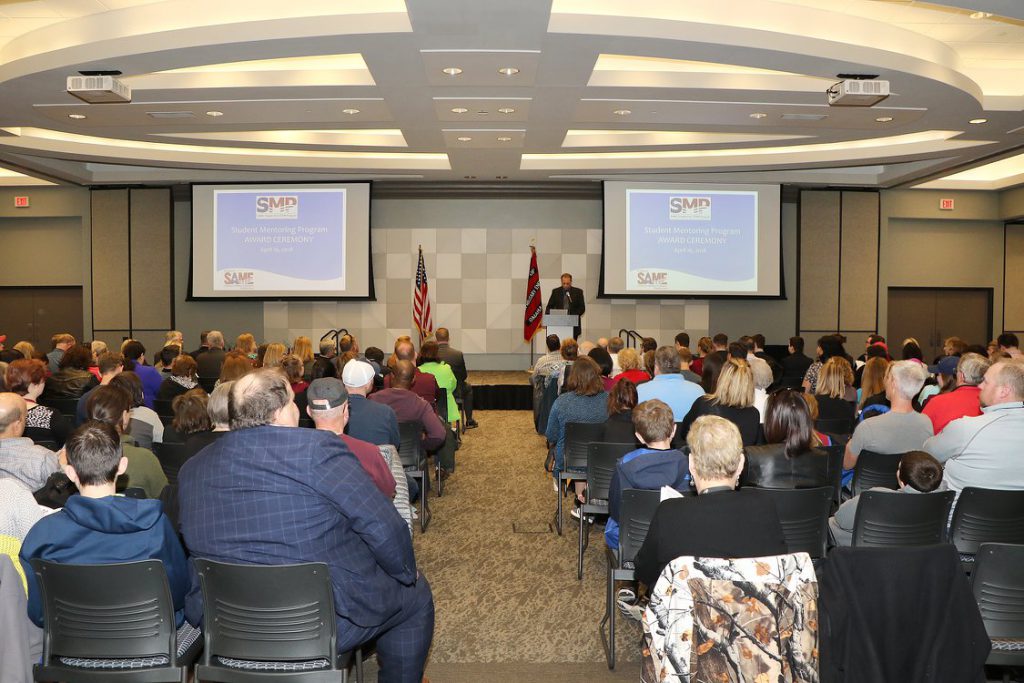
TME: Can you provide a brief overview of the Omaha Post Student Mentoring Program?
Hunter: Formed in 1994, the Student Mentoring Program was originally established because members of the Omaha Post had noticed there were not enough students graduating from colleges to fill the needs in the A-E industry at that time. They decided to create a program that would introduce engineering and architecture to students in middle school and high school in hopes that they would become interested in the industry and retain that interest through college. The Student Mentoring Program strives to give students a “real-world” experience so they get a better understanding of the industry. It is run as a competition. Teams from different schools compete against each other. We have two divisions, one for high school and one for middle school. Each team gets a mentor or two, and possibly a subject matter expert if the team or mentor feels they need it. These mentors and subject matter experts come from local firms and universities.
The competition starts in September with an orientation for mentors and teachers. The teams then decide on the problem they would like to come up with a solution for. We have had teams design everything from a backpack that filtered stream water while you hiked, to ways to collect junk in oceans or the atmosphere, or even on Mars. This past year, the winning high school team created a way to design a safer school building and a way to make their current school building safer.
In March or April, judges evaluate each of the proposals and presentations. We select the overall winners for each division as well as five merit category winners. The overall winner of the high school teams receives a check for $3,000, of which $1,500 is intended to be for scholarships and the rest used however the administration or teacher feels would most benefit the students or the school. The overall winner of the middle school teams receives a check for $1,500, which can be used as the administration or teacher feels fit.
The merit category winners are each awarded $500, which is donated by local firms. The merit categories are applied science, innovation, research, teamwork, sustainability, technology, proposal, and presentation. The five teams that earn the highest points for silver or gold in all categories combined are our merit category winners.
The competition day ends with an evening ceremony, where the Omaha Post President speaks. We also have a keynote speaker before awards are presented.
TME: As the program celebrates its 30th year, what do you see as the reasons for its longevity and established success?
Hunter: It takes a community (and a lot of time) to run the program successfully. This past year, we had 36 teams compete. That took 25 teachers, 39 mentors, 30 judges, and 10 additional volunteers. We are slowly growing back to the size we were before the pandemic. At one point we had 43 teams competing. Many Omaha Post members and the Omaha Post Board are very dedicated to this program. We also could not do what we do without the wonderful teachers and mentors who come back year after year, as well as our amazing judges.
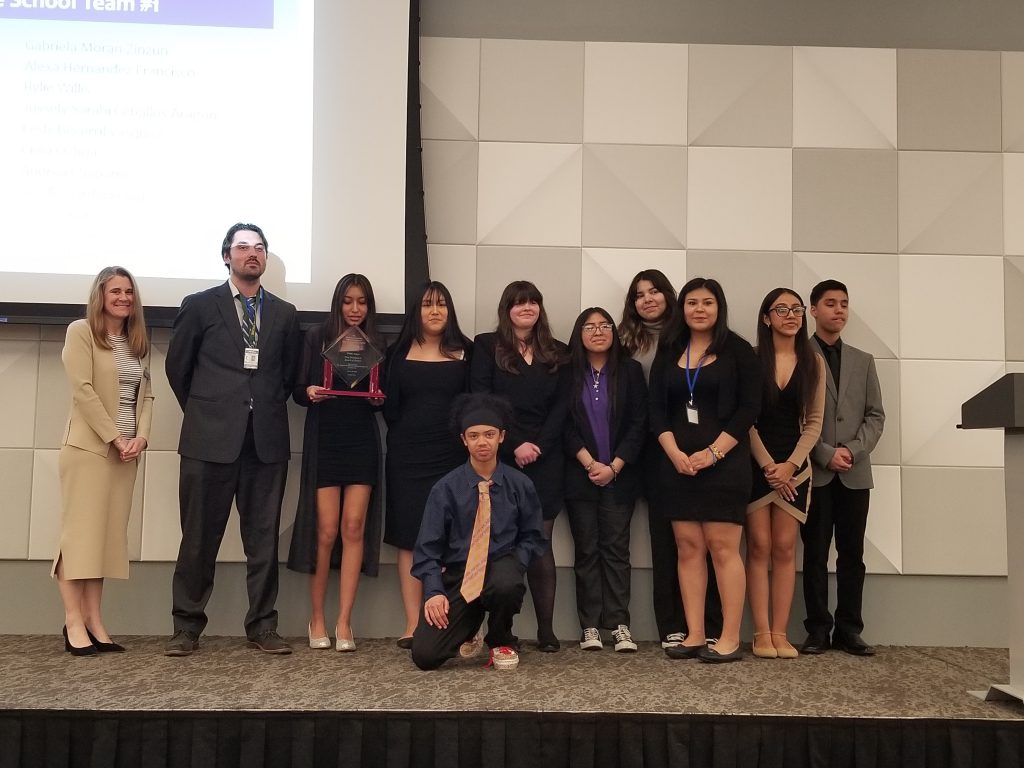

The students need to enjoy the program and have a personal interest in the project they are working on, which is why we have them pick their own problem to solve. They must be interested in STEM programs and have a desire to succeed.
Teachers are essential as well. They must want to do this and stay on top of the schedule. The program grows when teachers talk, or when parents talk to the school administration and create interest. We have reached out to schools because a parent, Post member, mentor, or teacher wants to get the program started at the school their child attends or a school they attended. We have had students contact us to help get the program into their school. It is certainly the community that grows the Student Mentoring Program.
TME: What are some ways you are keeping mentors engaged year after year?
Hunter: Mentors are critical to success. We have many who come back annually because they enjoy working with the students, solving problems, or building something. Many firms will encourage their new employees to get involved in some type of community outreach, and we make it easy for them to do that. Only about an hour each week is needed for our program, and some students will meet with our mentors virtually, so the mentor does not have to leave their desk.
Competitiveness also brings mentors back, especially if their team is always winning! Sometimes they will take back news of this success to their office, and we will gain another mentor. We also try hard to assign mentors to a school they are interested in, or live or work nearby. If the mentor can stop on their way home and meet with students, that is more time-effective. Some mentors also want a certain school because their own child goes there. We try to make it easy for new mentors to get started. We have a manual they can follow, and we hold an orientation meeting each year with all the information they need.
TME: How did you make those connections to keep bringing students into the competition?
Hunter: A lot of our students are high-ability learners or students in a class or club that is especially for engineering or architecture, and they want this type of program to help them succeed. We do also get students who do not know anything about engineering or architecture, and they end up pursuing these or other STEM degrees, which is tremendous.
Teachers see value in the program because it requires teamwork, proposal writing, and a presentation. Colleges have recognized the need to teach engineers and architects the ability to work together, communicate, and assist with proposal writing. Ultimately, the program teaches students to take responsibility for a problem they see in their community. A middle school team once helped improve a local park by focusing its project on how to make the park safer and more inclusive. We have had students go on to patent their designs and reach out to companies to help them create their products.


TME: What are some of the challenges currently facing the Student Mentoring Program?
Hunter: Competing with other programs for the same students is an issue. Students who are very driven, like many of ours, could be involved in many different activities. Keeping teachers or trying to get new teachers is another challenge.
The hardest issue, however, is getting into new schools. We need a teacher or parent to back us with an interest. Asking an administrator to consider creating a new class or club gets little response until a teacher steps forward. If parents say that they want this program in their school, then an administrator might look into it. But a lot of times there is already a class that could use our material for their curriculum or an established club that wants to do something new. That is who we need to target. Another challenge we have right now is space for our competition. If we had more rooms at a facility for presentations, then we could run more at the same time. The presentations are scheduled later into the day, and we require more judges and volunteers. Since a lot of students need to get back to their school before the end of day, all scores must be in early enough for the award ceremony presentation.
TME: How do you see this program helping build leaders and STEM professionals for the future?
Hunter: In the high school competition, we usually see one or two students in each team who take on a leadership role. You can see it when the team writes about who is doing what and when they present. Sometimes, individuals from industry recognize these leaders and want to follow the student through college. We have had judges ask students to come work for them right out of high school or while they are going to college. The fact that teams work together to complete the project and are judged on their teamwork helps. Some students who may not be drawn to STEM initially can get involved in the writing or presentation, and then find themselves enjoying the program and becoming more interested in STEM subjects.
TME: Any advice for Posts seeking greater STEM outreach to students in their community?
Hunter: There are teachers out there who cannot get enough interaction with all kinds of professionals, especially middle school teachers. Consider reaching out to school counselors and teachers to help classes or just present to the students. Universities are always looking for engineers and architects who will present at outreach workshops. Posts also could create another type of competition to draw students out for even a day or two, or hold their own workshops.
Programs like the Student Mentoring Program are more involved and have a greater reach toward students interested specifically in STEM or engineering and architecture. The program, though, offers so much to students considering a profession in a STEM field. And at the end of the day, our students know at least one professional engineer or architect and have had many opportunities to network with others.
Spotlight on Our Members
SAME’s multidisciplined membership spans the uniformed government, government civilian, private industry, academia, nonprofit, and student sectors. Through our uniquely joint environment, Society members collaborate and drive solutions for some of the toughest engineering challenges facing the A/E/C industry and our national security. Learn more about the benefits of SAME membership.
-
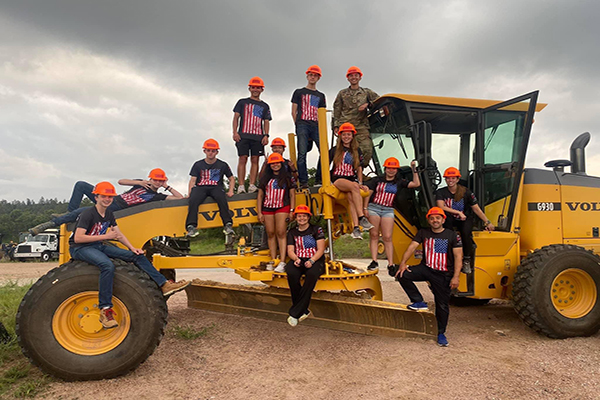
Post Best Practices: A High Bar in Hampton Roads
TME recently chatted with leaders of the Hampton Roads Post to talk about their commitment and involvement to SAME’s STEM/Engineering & Construction Camps. -

Post Notes: June-July 2024
Get a round up of events, activities, and fun happening at Posts around the country in May-June Post Notes -
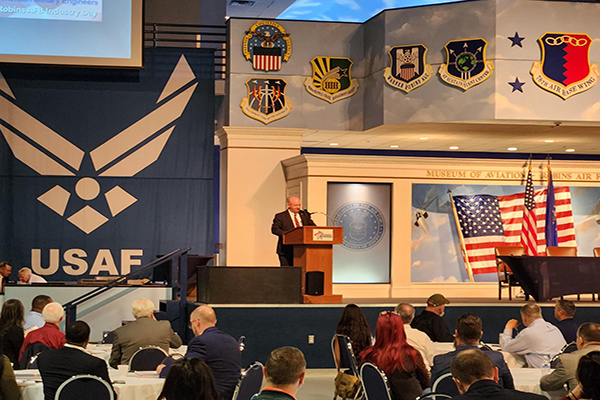
Post Best Practices: Meeting Member Needs in Georgia
TME recently chatted with leaders of the Robins AFB Post to talk about their engagement with the installation, how they approach the development of programs and events, and ways that they are tackling the challenges unique to small Posts. -
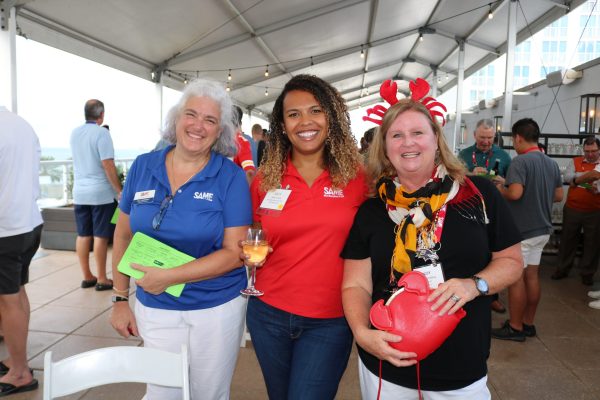
SAME’s Top 5 Member Spotlights for Women’s History Month
To close out Women’s History Month, read our Top 5 Member Spotlights featuring women leaders and mentors from across the Society. -
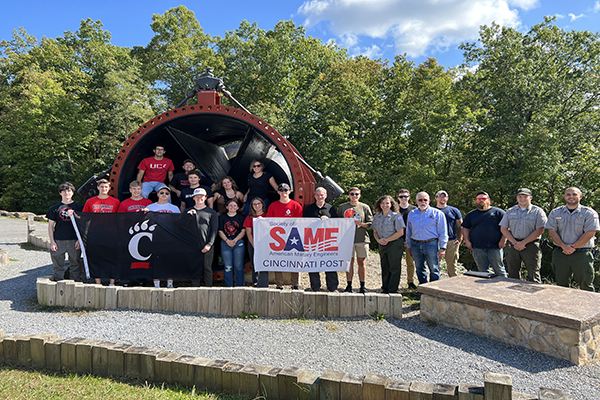
Post Notes: March-April 2024
Get a round up of events, activities, and fun happening at Posts around the country in March-April Post Notes
